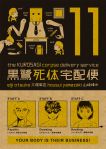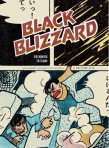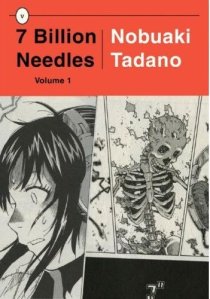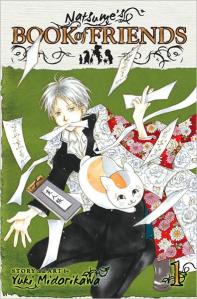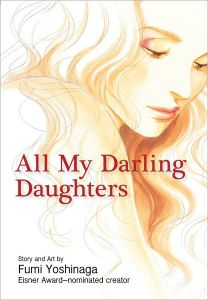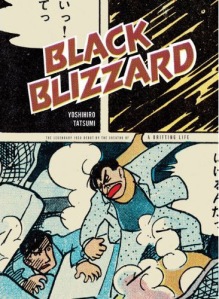It’s a huge week of eagerly anticipated arrivals on the ComicList, so let’s get right to it!
Drawn & Quarterly releases the collection of Kate Beaton’s super-smart, super-funny Hark! A Vagrant strips. I’ve read some of these online, mostly in the context of someone linking to individual strips and rightly noting how super smart and super funny they are, but I’ve resisted reading all of them, because I wanted to hold the book in my hands and enjoy all of these comics in dead-tree form.
NBM delivers Takashi Murakami’s Stargazing Dog, which is about a down-on-his-luck guy who gets through tough times with the help of his loyal canine companion. Early word on this is that it’s lovely but will probably make me cry buckets, so I’ve stocked up on handkerchiefs. Here’s a preview.
If you missed it in hardcover (as I did), Emblem Editions gives you a paperback opportunity to enjoy Scott Chantler’s Two Generals, which portrays World War II through the eyes of average soldiers. Chantler is a marvelous cartoonist, as evidenced by his Northwest Passage from Oni Press, so I’m really excited about this one.
Osamu Tezuka’s The Book of Human Insects (Vertical) reaches comic shops. I reviewed the book last week; it’s excellent, particularly for fans of Tezuka’s unique brand of noir.
Viz is also dumping a ton of new titles on the market, many of which were discussed in the current Manga Bookshelf Pick of the Week and Bookshelf Briefs. Of the series I’ve not yet personally mentioned, I would highlight the fourth volume of Kazue Kato’s increasingly excellent Blue Exorcist and the ninth volume of Yuki Midorikawa’s always lovely Natsume’s Book of Friends. I’m also led to believe, by a reliable source, that Toshiaki Iwashiro’s Psyren becomes a lot better than the first volume would suggest, which is certainly possible; most of the first volume of Blue Exorcist was flat-out awful, and that’s become one of my favorite shônen titles.
But enough about my incipient poverty; what looks good to you?
















